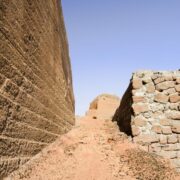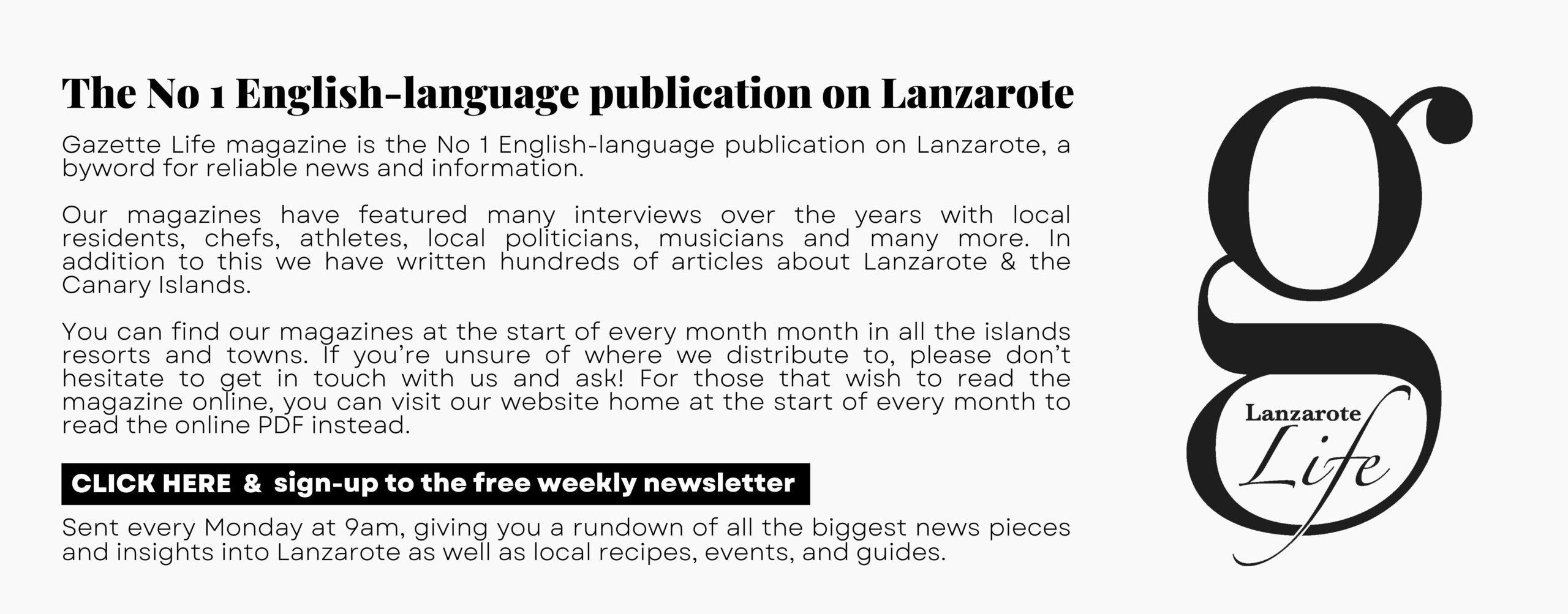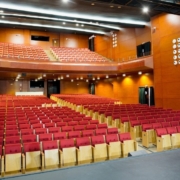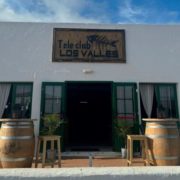The hidden Quarry in Guatiza produced the island’s finest stone from the 50s to the 70s. Take a look at what we found when we visited.
Montaña Tinamala is a horseshoe-shaped volcano that overlooks the villages of Guatiza and the coastal hamlet of Los Cocoteros. A short drive will confirm what the main crop in this part of the island was – cactus fields can be seen on all sides, with red prickly pears ready to be picked and the green, paddle-shaped leaves encrusted with white cochineal lava. César Manrique’s Cactus Garden is the main tourist attraction here, but it’s not the only sight worth seeing.
The Cactus Garden is located in an abandoned quarry – a clue to the other important product of this region. Montaña Tinamala offers some of the most attractive volcanic basalt on the island – tough, even-grained and a warm, brick-red colour, it’s been used to build several buildings in Arrecife as well as parts of the Hotel Melin Salinas.
To find the most impressive quarry, turn off the LZ-1 towards Guatiza and double back on a dirt road just after you go past the Cepsa petrol 50S TO THE 70S station. A couple of hundred metres further on, pull over and check Google Earth’s satellite function. Two quarries will be visible close by, although they can’t be seen from the track.
Just a few metres up the hill you’ll find the first, smaller quarry – a rough, wind-eroded hole in the ground with caves and columns that are strongly reminiscent of the weird formations at the Roferas de Teseguite – visible towards the north-west. This quarry seems to have been used to excavate hardcore for roads.
A few metres further up from this you’ll see an old sign saying PELIGRO – and warning that the quarry is private property. The risk is yours, and the entrance to the main quarry has been fenced off in the past, but now you can walk straight in through crumbly walls of compacted gravel.
INTO THE ARENA
The quarry itself is hugely impressive – an almost perfectly rectangular excavation with clearly defined straight lines on the red walls that show where the stone was systematically quarried. The quarry operated for 15 years, from the mid-50s to the early 70s, and was occasionally used later, as well. Nowadays, though, it’s totally abandoned and one of the cutting machines lies half buried at the foot of one of the walls.
It’s not hard to understand why a Swedish opera company came here in 1987 to film Verdi’s opera Aida, which is set in impressive Egyptian temples. It’s also not hard to understand why, at one time, there were plans to build a theme park here.
For regular updates, pictures and videos of Lanzarote be sure to like and follow our Facebook page “Gazette Life Lanzarote”.











